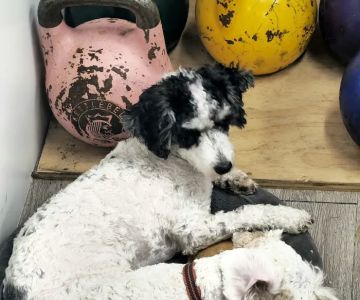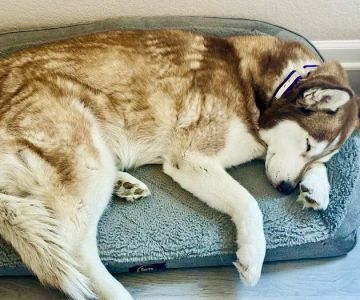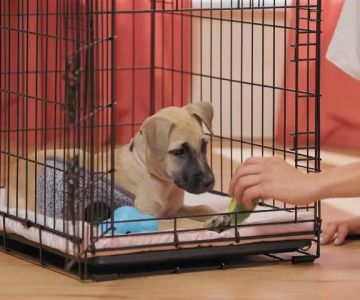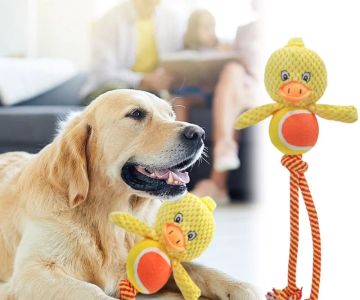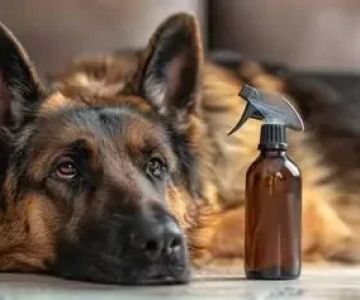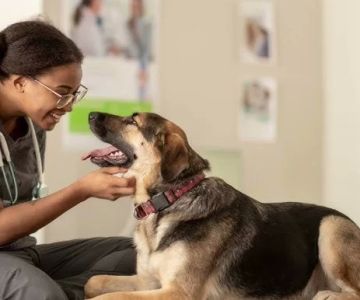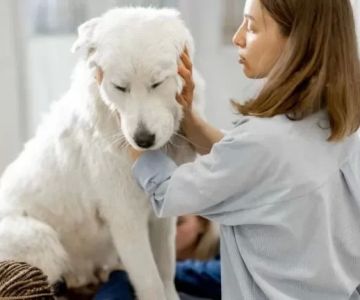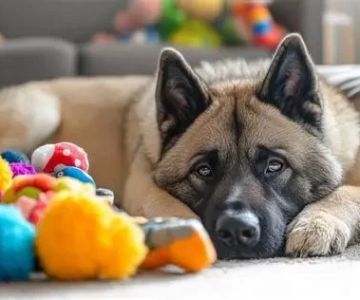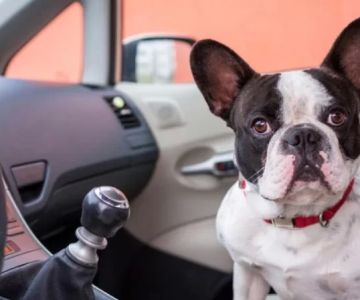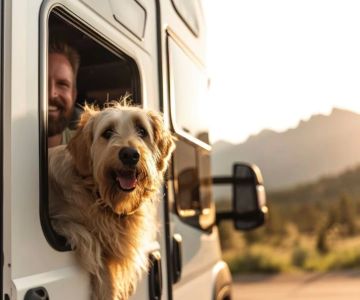How to Help an Anxious Dog Around Other Animals
If your dog trembles, growls, or hides when meeting other pets, you’re not alone. Many loving pet owners face the challenge of helping an anxious dog around other animals. Anxiety in dogs can stem from past experiences, lack of socialization, or even genetics. The good news? With patience, structure, and the right techniques, you can help your furry friend gain confidence and feel safer during social interactions. Experts at Hidden Brook Veterinary emphasize that addressing anxiety early not only improves your dog’s quality of life but also prevents long-term behavioral issues.
Understanding the Root Causes of Dog Anxiety
1. Why Dogs Get Anxious Around Other Animals
Dogs are social creatures, but not all of them are naturally comfortable around other pets. Fear or anxiety can develop for several reasons: negative experiences, poor early socialization, or trauma from aggressive encounters. Some rescue dogs, for instance, may associate other animals with danger if they’ve been attacked in the past. Others might feel overwhelmed in noisy, crowded environments like dog parks or pet-friendly cafes.
Breed temperament and age also play a role. Older dogs may have less patience for playful puppies, while sensitive breeds like Border Collies or Greyhounds may find high-energy dogs intimidating. Recognizing what triggers your dog’s stress—body language cues like tucked tails, panting, or avoidance—helps you create a safer environment for them to decompress.
2. Recognizing the Signs of Social Anxiety in Dogs
Common symptoms of dog anxiety include trembling, pacing, excessive barking, drooling, and refusal to eat. In more serious cases, dogs may attempt to flee or show defensive aggression, such as growling or snapping. These reactions aren’t signs of “bad behavior” but rather your pet communicating discomfort or fear.
One pet owner shared her story of Max, a rescue Labrador who would shake uncontrollably when encountering other dogs on walks. Through gradual desensitization and guidance from her local Hidden Brook Veterinary behavior specialist, Max eventually learned that other dogs weren’t a threat but potential friends.
Creating a Calm Environment for Your Dog
3. Start in a Controlled Setting
Before exposing your dog to new animals, practice calm interactions in controlled environments. Begin by introducing them to other dogs or cats from a distance where they still feel comfortable. Use leashes, barriers, or even baby gates to allow observation without direct contact. Gradually reduce the distance as your dog relaxes.
Dogs learn best when they feel safe. If your dog begins showing signs of tension—raised hackles, panting, or pinned ears—take a step back. Never force contact. The goal is slow progress, not instant friendship.
4. Use Positive Reinforcement
Reward calm behavior with treats, praise, or their favorite toy. When your dog sees another animal and stays relaxed, offer a small reward immediately. Over time, they’ll associate the presence of other animals with positive experiences rather than fear.
Avoid scolding or using harsh tones during anxious episodes—it can increase stress. Instead, redirect their focus to you with gentle cues or commands they already know. For example, asking your dog to “sit” or “watch me” when another animal passes by can reinforce trust and focus.
Gradual Socialization Techniques
5. Controlled Exposure and Desensitization
Desensitization is a process of exposing your dog to triggers at a low intensity and gradually increasing it over time. Start with calm, well-behaved dogs in neutral environments like quiet parks or open yards. Keep sessions short—five to ten minutes at first—and always end on a positive note.
If possible, work with a friend who has a calm pet. Begin at a distance and slowly allow both animals to approach one another. This structured interaction teaches your dog that being near other animals doesn’t always lead to chaos or confrontation.
6. Using Professional Help When Needed
For dogs with severe anxiety or past trauma, professional guidance can make a world of difference. Certified dog trainers and veterinary behaviorists, such as those at Hidden Brook Veterinary, can create personalized plans that address specific fears. In some cases, mild anti-anxiety medications or calming supplements may be recommended to aid training.
One memorable success story involved Daisy, a small terrier who had been attacked at a dog park and refused to leave her owner’s side for months. After several weeks of gradual exposure therapy and relaxation training, Daisy was able to walk calmly past other dogs again—her confidence fully restored.
Creating a Long-Term Routine for Confidence Building
7. Exercise and Mental Enrichment
Anxiety often decreases when dogs are physically and mentally satisfied. Regular exercise helps burn excess energy that can fuel nervous behavior. Enrichment activities—like puzzle feeders, scent games, or obedience exercises—keep your dog’s brain engaged and reduce stress levels.
You can also schedule playdates with one trusted animal at a time. This slow introduction helps your dog learn how to read other pets’ signals and practice calm communication without feeling overwhelmed.
8. Maintain Consistency and Predictability
Dogs thrive on routine. Establish a predictable daily schedule for feeding, walks, and training sessions. Consistency provides security, helping anxious dogs feel more grounded. Even subtle changes—like switching walking routes or altering mealtimes—can create stress for sensitive pets, so make adjustments gradually.
Additionally, use calming aids such as pheromone diffusers or anxiety wraps if recommended by your vet. These tools can help reinforce a sense of safety during exposure training or social interactions.
When to Consult a Veterinarian
If your dog’s anxiety becomes unmanageable despite consistent training, consult a veterinarian to rule out medical causes such as thyroid issues or pain, which can manifest as behavioral changes. Professionals at Hidden Brook Veterinary can assess your pet’s overall health, provide behavioral evaluations, and recommend tailored solutions to help your dog thrive socially and emotionally.
Helping an anxious dog around other animals requires time, empathy, and structured guidance—but every small step forward is a victory. With patience, positive reinforcement, and professional support, even the most nervous dogs can learn to feel calm and confident in the company of others.


